
Long after the dawn of the digital era, owners of independent convenience stores remained, if not ignorant, then certainly in denial about the web. Even when the internet and online retail entered the mainstream, bricks and mortar retail remained the default setting - with e-commerce regarded as an option only the major players could afford to dabble in.
However, over the last few years attitudes have slowly but surely started to change. As consumers increasingly do their shopping online, independents are starting to ask more questions. And their curiosity has also coincided with the digital technologies that help to facilitate e-commerce becoming more cost-effective and user-friendly.
Yet it would be wrong to suggest independents are at some kind of tipping point. As this month’s Business Barometer shows (p40), only 10% of independent shop keepers questioned currently even have a website, with a further 4% thinking about establishing one. That’s worrying, says Guy Douglas, digital high street programme manager at the Association of Town & City Management (ATCM). Indies can no longer afford to ignore online. “By putting a virtual shop online and having an e-commerce platform, indie retailers need not be disadvantaged by side street or off-prime location, bad weather driving footfall off the high street, competitors with multiple locations, and national brands with mega budgets,” says Douglas.
“By putting a virtual shop online indie retailers need no longer be disadvantaged”
Guy Douglas
So what’s the best way of making a foray into digital, what help exists to get an online offer live, and what lessons can they learn from their tech-savvy wholesale partners?
The good news for indies is that help is currently available from a number of different parties, much of it free. Although the ATCM’s Digital High Street Programme is primarily targeted at town centre managers, it offers a wealth of resources and information to independent operators.
A national presence for local people
The perennial challenge facing independent retailers is how to compete online against the major multiples, with their huge IT systems and cash reserves.
However, thanks to Foodie Local, a new scheme currently being piloted by Finland-based Foodie.fm, local independent retailers can achieve the same level of functionality as a major retailer in a fraction of the time and at a fraction of the cost.
Foodie.fm has some form here: it also runs a cloud-based platform for personalised grocery shopping used by major food retailers (including Tesco) and brands.
Indies using the scheme, which is currently still in beta, can upload information on their goods (Foodie Local provides images as part of its service if they’re needed), fine-tune their online shop, then preview and publish.
Foodie Local went live earlier this year in the UK with a handful of independent retailers - Foodie.fm expects more indies to sign up later in the year.
Although the company remains tightlipped about its ambitions for Foodie Local, according to a spokesperson for Foodie.fm the process will be fine-tuned during the trials, with an announcement expected in the next couple of months as to how the pilot stores have fared.
“By leveraging your existing network, local customer knowledge and in-store picking, you can compete effectively without major capital investment or staff increases,” says Antti Ijäs, VP partners at Digital Foodie.
To help retailers develop their online and mobile offer, the programme includes access to a number of free tools, advising on topics such as: how to get yourself a website in 10 minutes how to manage several social media accounts how to get started with pay-per-click advertising how to be found on Google and a free app-builder tool.
“The erosion of high-street retail performance by out-of-town retailing and by e-commerce is well documented, and a key factor driving change is the now well-developed use of digital tools and social media. The multichannel marketing phrase ‘in-store, online and mobile’ has become commonplace,” explains Douglas. “By having an e-commerce platform, it is a simple and affordable step to optimise that website for viewing on mobile devices, thus having an m-commerce capability as well.”
Symbol support
Symbol groups are also currently helping their customers establish an online presence. For instance, Londis retailers have a personalised website, hosted by Londis centrally, which is maintained and updated by the retailers themselves.
This allows them to compete more effectively in their local market by providing shoppers with access to useful online information, including not only address details and shop opening hours, but also manager’s shop specials, upcoming events at their store, etc.
“One of the key roles for a symbol group’s consumer site is to make it easy for people to locate a local store, and the Londis store finder has been optimised so that retailers can personalise their page to include locally relevant information, such as the latest offers, opening hours and local consumer initiatives,” explains Londis head of web Paul Sharp.
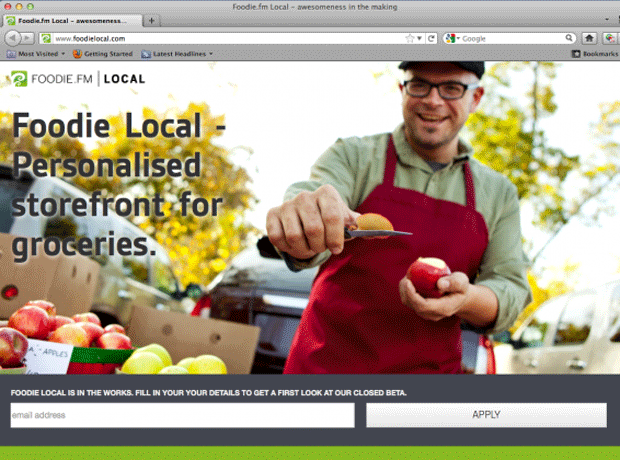
Indie help
But perhaps the greatest hope for indies looking to make their mark in the digital space is offered by the latest generation of web entrepreneurs like Digital Foodie, which is currently trialling its Foodie Local concept to help UK retailers looking to set up an online store (see box p38).
“Online is not on its way, it’s already here,” says Antti Ijäs, VP partners at Digital Foodie. “It has changed the way consumers spend their time and is shaping their shopping habits. Indies simply can’t ignore these facts any longer if they want to stay in business and ahead of the game. The one who offers the best customer experience and the best product will win and survive.”
For Ijäs the benefits that small retailers gain from setting up a website are manifold. “Most importantly you have a chance to increase your sales and meet your local community online as well as in-store, building an even deeper relationship between you and your consumer. In addition to this you have a chance to reach a wider audience than you can in your local shop. Remember that online is all about convenience.”
Although organisations like Digital Foodie are making it easier for independent retailers to make the transition to online, there are still significant hurdles that indies need to overcome.
“The marketing phrase ‘in-store, online and mobile’ has become commonplace”
Guy Douglas
Barriers to entry
The time, skills and cost involved in developing and optimising a user-friendly site, driving traffic to it and keeping its content engaging and up to date is too much of a barrier for many retailers. The solution for them could be greater collaboration at a local level, says Guy Douglas.
“Town centre partnerships often assist independent retailers with marketing support,” explains Douglas. “This may take the form of a simple website listing with a link back to the retailer’s own website, or it may be more involved, such as co-ordinating collaborative newspaper ads, or organising ‘shop local’ events. In any case, indie retailers will always get better results when they work together groups of indies speaking with one coherent voice will be heard more clearly than a single message.”
Another possible option is the collaborative solution offered by website Hubbub. Its central online platform and delivery service ensure small retailers don’t have to bear the risks and costs of going online on their own. Retailers get an instant online shop, iPhone app and delivery service at their disposal. In exchange, Hubbub charges a fixed commission on sales made through its website and app no sales mean no fees.
“Selling online and offering home delivery can go some way towards levelling the playing field and help them take back market share from the larger retailers,” says Hubbub’s head of operations Sonja Martin. “They can compete on quality and, if you’re comparing like for like, on value too. Convenience is where they’ve been losing out. The shops we work with have enjoyed extra online sales and increased footfall from customers who discover new shops through Hubbub and are then prompted to visit in person.”
“Selling online and offering home delivery can go some way towards levelling the playing field”
Sonja Martin
It’s a system that has worked well for fishmonger Jonathan Norris of Pimlico. The business, which started as a family-run market stall, now operates out of a shop in Hackney.
“Hubbub allows us to offer an online service that is attracting more customers in a much bigger area,” says Norris. “At the moment our sales through Hubbub are only a small proportion of our total turnover, but it is growing, and it is extra business and new customers that we are very pleased to have.”
In the current trading climate even a modest amount of ‘clicks’ can more than make up for sluggish sales registered though bricks and mortar stores. It’s a view shared by Digital Foodie’s Ijäs, who adds that creating a trading website isn’t just about generating additional sales revenue.
“For players that do it well, online sales can account for up to a third of the total sales while increasing the footfall to stores at the same time through building loyalty,” he explains.
So what are you waiting for? Start building an online presence now.

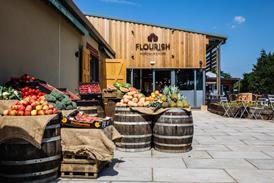

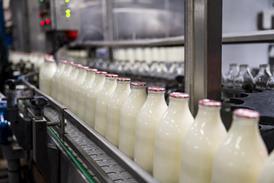



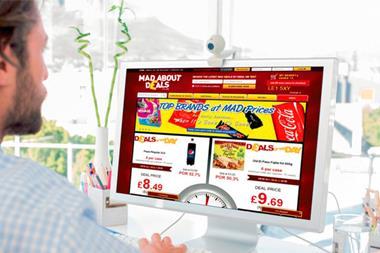
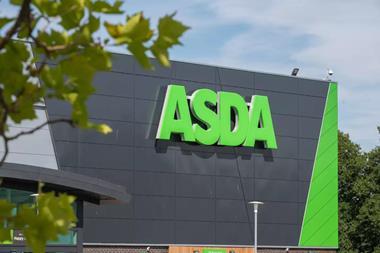

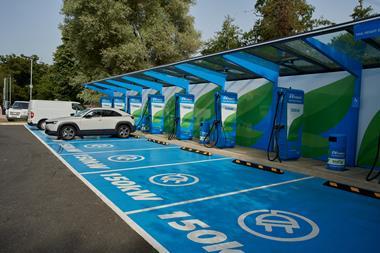




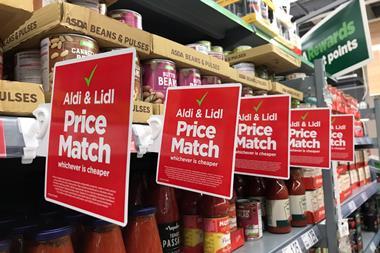

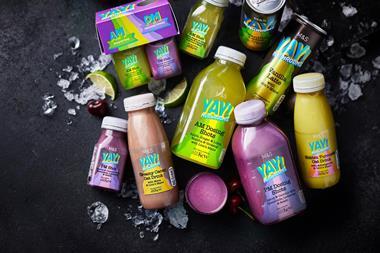

No comments yet